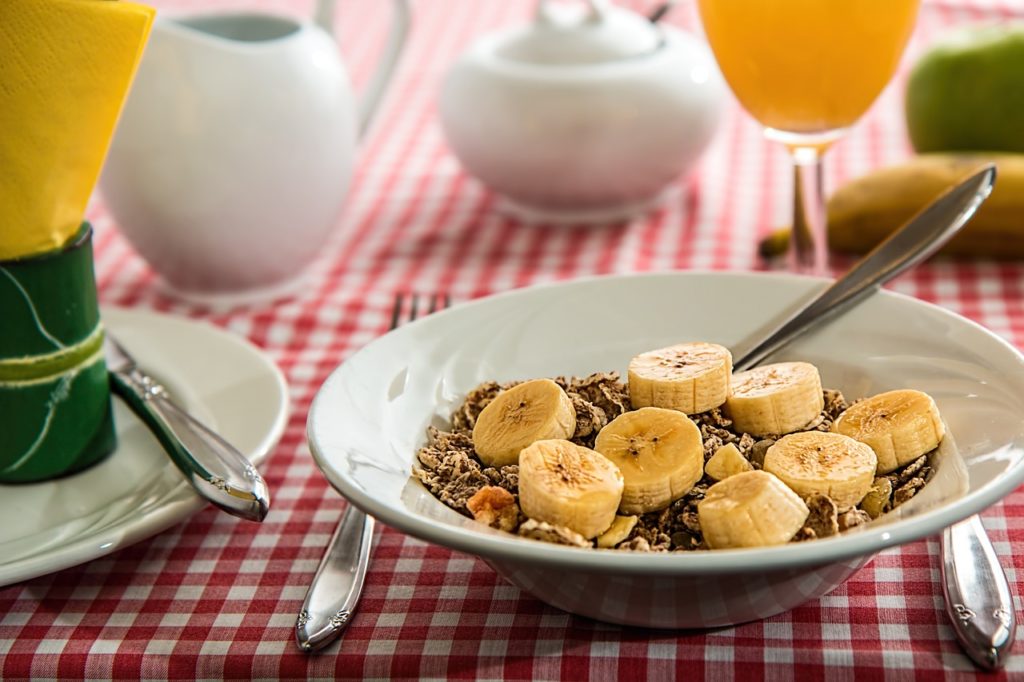If you have ever tried to change your eating habits as part of your health and fitness goals, then you know there are endless diet options available. So which should you choose? First off, it may help to redefine the word “diet.” Many people think of a diet as a tool for weight loss. We suggest that you think of a diet simply as a way of eating. While the way you eat may help you achieve weight loss or other health goals, many people find it helpful to let go of the mindset in which a diet is a means to an end – a temporary lifestyle change that can be discarded once a goal is met. Most people who choose a diet based on their food and cooking preferences, as well as the ability to live with that particular way of eating in the long-term, are able to maintain healthy eating habits more easily. In this post we define several ways of eating – perhaps one of them may fit for you and your long-term health and fitness goals.
- Low-carb: Low-carb diets are getting a lot of attention in the media these days. There are many benefits to a low-carb diet such as normalized blood sugar, reduced cravings for sugary foods, less heartburn, and other improved health markers. This diet involves reducing the amount of carbohydrates (such as pasta and bread) you intake each day and eating a higher proportionate amount of protein and healthy fats. This is a great diet for anyone who is okay with removing certain foods from your meal plan entirely, who does not like counting calories, and who wants their diet to include plenty or real (vs processed) foods. Dr. Andreas Eenfeldt has put together a comprehensive guide to low-carb eating on dietdoctor.com.
- Paleo Diet: The Paleo diet, also known as the caveman’s diet, attempts to return people to simpler ways of eating. Basically, you eat like the hunters and gatherers of old, which means the only things on the table are foods they would have hunted or found – meats, fish, eggs, nuts, leafy greens, fruits and veggies, and seeds. Like the low-carb diet, you remove anything processed, as well as dairy, and foods that can not be eaten in their natural states (such as potatoes). It can be a bit restrictive for some, but we like it for its efforts to keep things simple. Paul VanDyken has created a simple Dos and Don’ts guide to paleo eating on Paleodiet.com to help you get started.
- Vegetarian or Vegan: Strict vegetarians do not eat any meat, fish, or poultry. Vegans eliminate these as well as dairy products and eggs, and typically avoid wearing or using anything derived from an animal (such as honey, leather, wool, cosmetics, etc). There are many benefits to a vegetarian or vegan diet. Most people following these ways of eating consume lots of fiber and other nutrients from natural sources. Most vegetarians also consume less saturated fat, which results in lower cholesterol, and reduced risk of hypertension and heart disease. The Vegetarian Resource Group has a great site loaded with information on vegetarianism and veganism, including nutrition, meal plans, and recipes.
- Raw Food: This diet has been around for centuries, but has recently become popular again. Eating raw means eating foods that have never been heated over 104–118°F (40–48°C). Raw foods should not have been refined, pasteurized, treated with pesticides or processed in any way. People who eat a raw diet prepare their foods by juicing, soaking, blending, and dehydrating, rather than cooking. Benefits of this way of eating include weight loss, increased energy, and reduced impact on the environment. It takes a lot of commitment, but if removing processed foods from your diet completely is important to you, this may be the way to go. You can get more information on the raw food diet by reading an article by Taylor Jones on Authoritynutrition.com.
